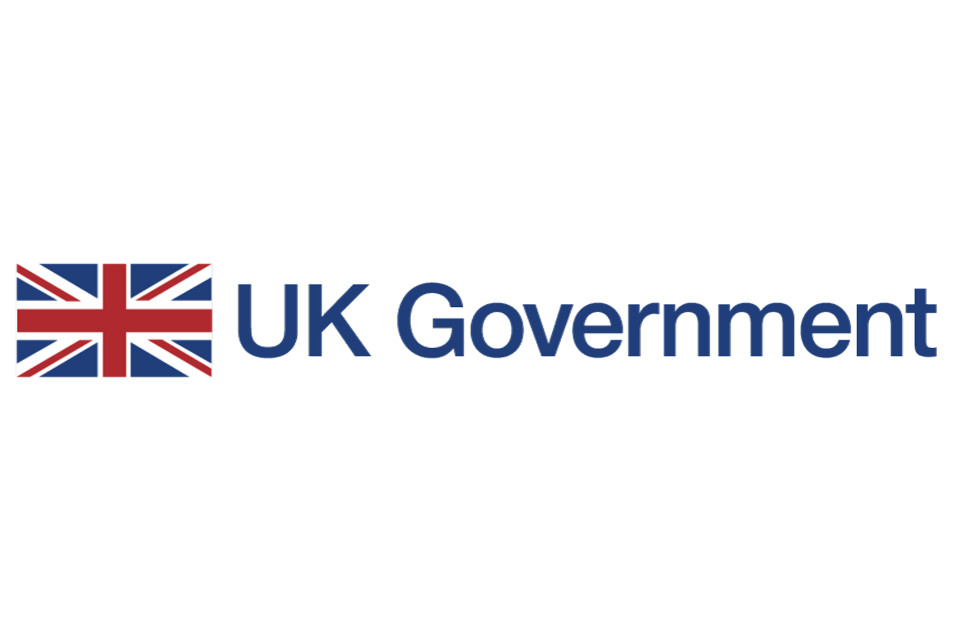UK International Trade Secretary visits New Zealand and Australia
Press release
Cabinet Minister Anne-Marie Trevelyan begins a 9-day tour of New Zealand and Australia following Free Trade Agreements being signed.

- Trip will encourage more businesses to reap the benefits of the UK’s newly signed deals
- Trevelyan is the first Cabinet Minister to meet the new Australian government on Aussie soil.
- Opportunity to discuss continued support for the UK’s work to accede accession to the Comprehensive and Progressive Agreement for Trans-Pacific Partnership (CPTPP)
Anne-Marie Trevelyan is visiting the region to promote Global Britain and opportunities for UK businesses after the UK signed trade deals worth £800 million with New Zealand and £2.3 billion with Australia.
- In NZ she meets Minister for Trade and Export Growth, Damien O’Connor to discuss how to maximise the benefits of the trade agreement and increase business awareness of it. She will also meet Christchurch Mayor Lianne Dalziel.
- She will receive a formal Marae welcome, known as a pōwhiri, in Rotorua, and tour Miraka, a Māori owned and sustainable milk processing plant. She will also meet with Te Taumata, the Māori trade advisory board, to discuss the opportunities to boost Māori business cooperation through the UK-New Zealand Free Trade Agreement.
- And on the final leg in Auckland she will meet Mayor Phil Goff, and visit Babcock International to promote UK and New Zealand defence industry partnerships.
- In Sydney she will visit Qantas to be briefed about Project Sunrise and purchase of key Airbus plane components and Rolls Royce engines; host an Electric Vehicle roundtable, promote the strengths of the UK’s tech ecosystem and launch a Net Zero Innovation handbook, to showcase British expertise in climate tech. She will also visit Central Station, where UK and Australia partnership is leading the way in sustainable design and engineering.
- In Adelaide she will visit leading defence companies including BMT, MacTaggart Scott and the BAE Systems frigate shipyard.
- The Trade Secretary will also deliver a speech alongside her counterpart, Minister Farrell, on the next steps of the UK-Australia Free Trade Agreement, and the wider UK business and trading relationship.
The visit also provides an opportunity for the International Trade Secretary to discuss both countries continued support for the UK’s accession to the Comprehensive and Progressive Agreement for Trans-Pacific Partnership (CPTPP) by the end of the year. The CPTPP is a £9 trillion trading block, which could see 99.9% of UK exports becoming eligible for tariff-free trade with the 11 member countries. This would further boost opportunities for UK businesses in the region.
British Consul General and Deputy Trade Commissioner Asia Pacific (Australia & New Zealand), Louise Cantillon said:
Trade is a huge part of the modern partnership between the UK and Australia and New Zealand, and I am delighted to welcome the International Trade Secretary to this region.
This is her first visit since the Free Trade Agreements were signed and is a key part of our work to prepare businesses to make the most of the deals. In NZ I’m particularly pleased we are able to meet with so many Maori businesses who will benefit from the FTA Chapter to promote the benefits of international trade.
This visit will showcase amazing British companies showing how UK innovation, technology and skills in the region are being used in partnership to deliver economic growth.
British High Commissioner to Australia, Vicki Treadell said:
Australia and this region are key to the UK’s Indo Pacific tilt and I am pleased to welcome International Trade Minister Trevelyan. Strong trade and investment flows are a key pillar of our partnership and having signed Free Trade Agreements our work now turns to preparing realise the benefits.
This wide-ranging visit will see the Minister engage across trade, defence and climate – testament to the importance of our modern partnership to maximise opportunities and tackle current challenges together.
British High Commissioner to New Zealand, Iona Thomas said:
I am delighted to host the International Trade Secretary during this important visit, focused on how to maximise the benefits of the FTA, the UK’s efforts to join the CPTPP and future cooperation on global trade. There is huge potential for economic growth by working together, increasing prosperity for both countries.
I am excited to meet thriving British Businesses across New Zealand and showcase the unique and dynamic relationship between NZ and the UK. Both countries believe strongly in global responses to global problems and challenges, in protecting our democratic values, championing free trade and taking urgent action to protect our climate and oceans.
I am particularly pleased to be engaging with Māori businesses who have sustainability at the heart of their work during this visit. Growing the UK’s relationship with all of New Zealand is a key priority for the team in New Zealand.
Notes to Editors:
- The UK Government is working to complete domestic ratification processes so that UK, Australian and New Zealand businesses can make use of the agreement as soon as possible.
- The UK-New Zealand FTA is expected to boost trade by almost 60%, generating jobs, increasing wages and adding £800 million to the UK economy.
- The UK-Australia FTA is expected to unlock £10.4 billion of additional trade, eliminating tariffs on 100% of UK exports and boosting the economy by £2.3 billion.
Published 28 August 2022
